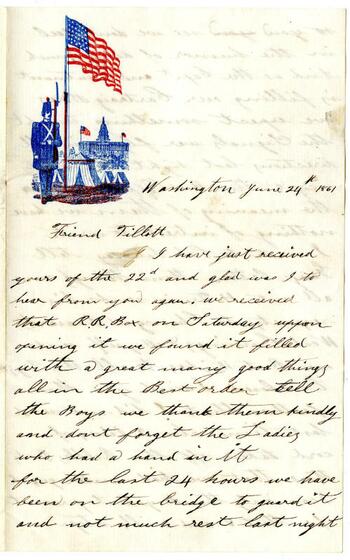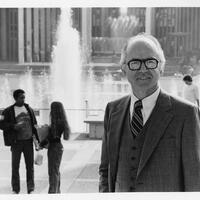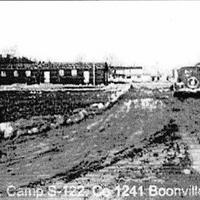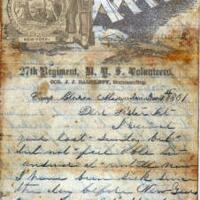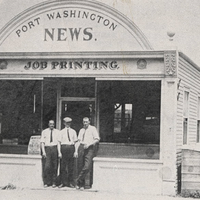Schenectady County is part of the Capital Region of New York State and is also the smallest county in the state. The area was first settled by white colonists in 1667 and had previously been occupied by the Mohawk. It was primarily an agricultural area until the mid-1800s when it developed at a rapid pace due to its location to the Erie Canal and Mohawk River, making it a transportation corridor.
In 1861, shortly after President Lincoln called for 75,000 volunteer troops, Schenectady men began to meet and follow a course of action in order to enlist. Over the course of the Civil War (1861-1865), over 9,500 Schenectady residents were enlisted in the service of the United States. During the American Civil War, the men of Schenectady County responded to the call of duty by mustering the following regiments: Artillery— 4th Co. A, 13th Co. E, F, 16th Co. C, D, F, H; Cavalry— 2nd Veteran Co. B, G, K, 7th Co. C, 25th Co. D, L, M; Infantry— 2nd Co. C, 3rd Co. G, 7th Veteran Co. D, K, 18th Co. A, E, 30th Co. C, 43rd Co. G, 91st Co. G, 134th Co. A, B, F, H, I, 177th, 192nd Co. D, E, F, G, H, I; and Mounted Rifles— 1st Co. Personal correspondence, military orders, and muster rolls are among the various kinds of documents that exist from this location, period of time, and circumstances.
